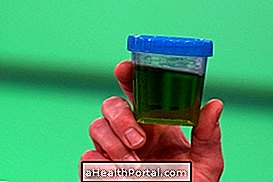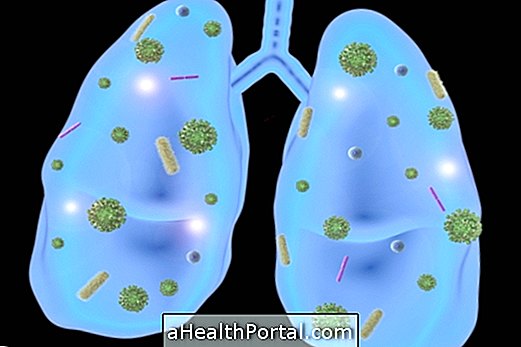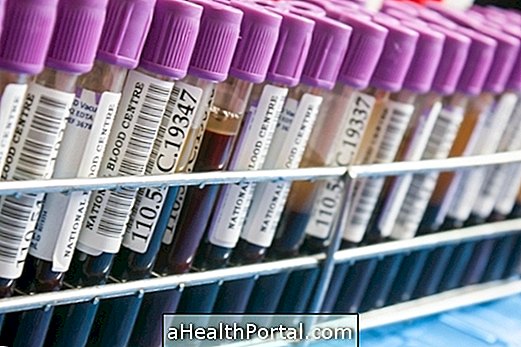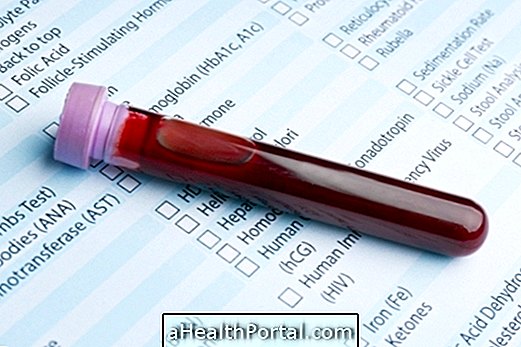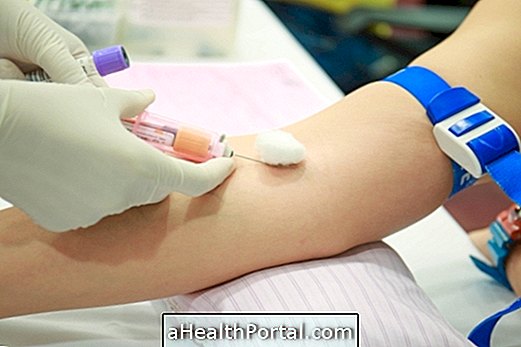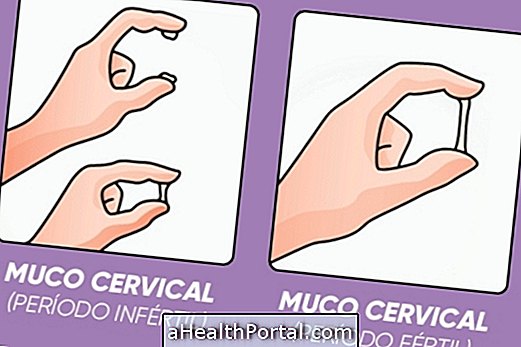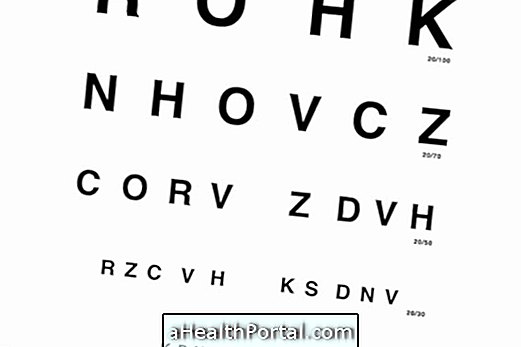Having fingertips that are whitish or yellowish and cold as if you did not have blood in these places is one of the most characteristic symptoms of Raynaud's disease or phenomenon.
This change is more common in women, but it can also affect men and can occur at any stage of life, although the first manifestation usually occurs until the age of 40. Learn more about this disease.
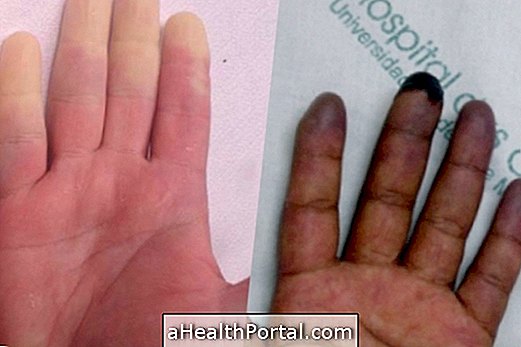
What are the symptoms
The main symptoms of Raynaud's disease are a change in the color of the fingers, which first become pale, then may become yellowish or even blue, due to inadequate blood flow, returning to a reddish color when circulation returns to normal .
In addition, a pulsating and painful sensation may appear when the circulation is resumed and small eruptions or changes in skin texture may still occur.
Usually, simple measures such as avoiding cold, sudden changes in temperature and wearing gloves and thick socks in winter, is enough to avoid the manifestations of this disease.
In severe cases, when this phenomenon is very uncomfortable, becomes very frequent or there is a risk of complications, the doctor may indicate that the treatment is done with the administration of medicines that reduce the feelings of discomfort, because they improve blood circulation. Learn more about treatment.
Possible causes
Raynaud's phenomenon can be caused by disturbances in the connective tissue or arteries, carpal tunnel syndrome, repetitive gesture activities, cigarette use, hand or foot injuries, and the ingestion of certain medications.
How is the diagnosis made?
To make the diagnosis of the disease, the doctor performs a physical examination and questions the person about the symptoms that have manifested themselves.
In addition, to exclude other diseases that cause the same symptoms or similar symptoms, such as autoimmune diseases, for example, your doctor may order other tests, such as an antinuclear antibody test, that tests positive for an autoimmune or a test that measures the rate of sedimentation of red blood cells, which is also high if the person has an autoimmune or inflammatory disease.

